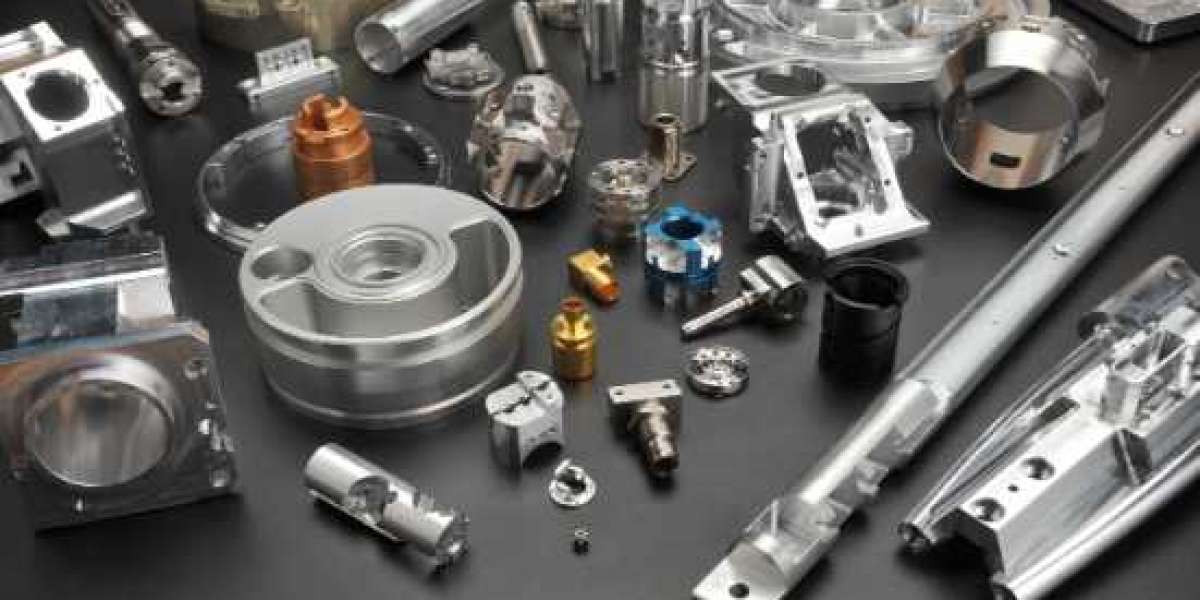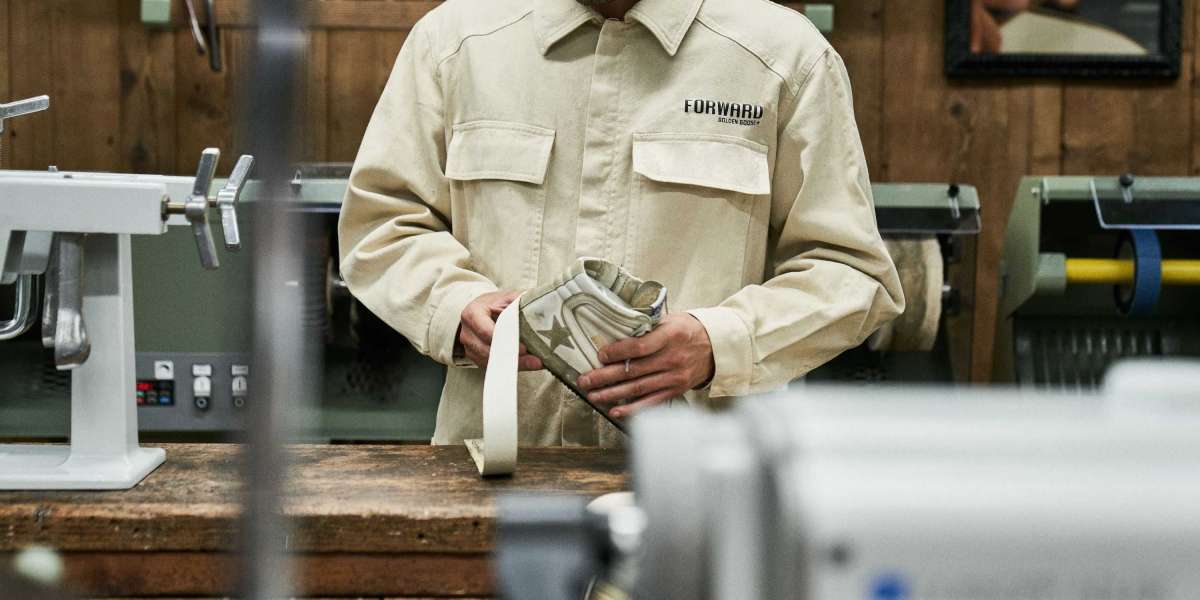CNC Machining Parts machining is a manufacturing process that uses computerized controls to operate and manipulate machine tools to create precise and complex parts. CNC machining is widely used in various industries, including aerospace, automotive, medical, and consumer products, due to its accuracy, efficiency, and versatility. This guide provides an in-depth look at CNC machining parts, including the process, types of parts, materials used, and applications.
What is CNC Machining?
Definition and Principles
CNC Machining: CNC machining involves the use of computer-controlled machines to cut, shape, and finish parts from various materials. The process relies on digital designs and programmed instructions to achieve high precision and repeatability.
Principles: The core principles of CNC machining include automation, precision, and control. CNC machines follow programmed instructions to perform tasks such as drilling, milling, turning, and grinding with minimal human intervention.
Key Components of CNC Machines
Controller: The computer or electronic system that interprets and executes the machine’s instructions.
Tooling: The cutting tools or fixtures used to shape and finish the material.
Worktable: The surface where the material is held and manipulated during machining.
Axes: CNC machines typically operate on multiple axes (X, Y, Z) to enable movement and positioning of the tool and material.
Types of CNC Machining Parts
1. Milled Parts
Definition: Milled parts are created using a CNC milling machine, which rotates a cutting tool to remove material from a workpiece.
Applications: Used in aerospace components, automotive parts, and custom machinery.
Examples:
- Brackets: Support structures used in various applications.
- Enclosures: Casings for electronic devices and equipment.
2. Turned Parts
Definition: Turned parts are produced using a CNC lathe, which rotates the workpiece while a cutting tool removes material to create cylindrical shapes.
Applications: Commonly used for shafts, pins, and custom fittings.
Examples:
- Shafts: Components that transmit rotational force.
- Bushings: Components that reduce friction and wear.
3. Drilled Parts
Definition: Drilled parts involve the use of a CNC drilling machine to create precise holes in a workpiece.
Applications: Utilized in electronic housings, automotive assemblies, and structural components.
Examples:
- Mounting Holes: Holes for securing parts in assemblies.
- Ventilation Ports: Holes for cooling and airflow in enclosures.
4. Complex Geometries
Definition: Parts with intricate shapes and details, often requiring multi-axis CNC machining.
Applications: Used in high-precision industries such as aerospace and medical devices.
Examples:
- Turbine Blades: Components used in jet engines and turbines.
- Medical Implants: Custom parts for medical applications, such as prosthetics.
Materials Used in CNC Machining
1. Metals
Aluminum: Lightweight and corrosion-resistant, commonly used in aerospace and automotive applications.
Steel: Strong and durable, used in structural components and machinery.
Stainless Steel: Corrosion-resistant and used in medical devices and food processing equipment.
Titanium: High strength-to-weight ratio, used in aerospace and high-performance applications.
2. Plastics
Acrylic: Transparent and durable, used in displays and optical components.
Nylon: Tough and wear-resistant, used in mechanical parts and gears.
Polycarbonate: Impact-resistant and used in enclosures and protective covers.
POM (Polyoxymethylene): High precision and used in engineering components and gears.
3. Composites
Carbon Fiber: Lightweight and strong, used in aerospace and automotive parts.
Fiberglass: Durable and used in structural components and enclosures.
Kevlar: High-strength and used in protective equipment and high-performance parts.
CNC Machining Processes
1. Milling
Definition: A process where a rotating cutting tool removes material from a stationary workpiece to create complex shapes.
Types:
- Vertical Milling: Cutting tool is perpendicular to the workpiece.
- Horizontal Milling: Cutting tool is parallel to the workpiece.
Applications: Used for creating slots, holes, and intricate shapes in various materials.
2. Turning
Definition: A process where a rotating workpiece is cut by a stationary tool to produce cylindrical parts.
Types:
- CNC Lathe: Standard turning machine with a fixed cutting tool.
- CNC Turning Center: Equipped with additional features for complex operations.
Applications: Used for producing shafts, rods, and custom fittings.
3. Drilling
Definition: A process where a rotating drill bit creates holes in a stationary workpiece.
Types:
- Vertical Drilling: Drill bit moves vertically to create holes.
- Radial Drilling: Drill bit moves radially to access different areas.
Applications: Used for creating mounting holes, ventilation ports, and other features.
4. Grinding
Definition: A process where an abrasive wheel removes material from a workpiece to achieve a smooth surface finish.
Types:
- Surface Grinding: Grinding of flat surfaces.
- Cylindrical Grinding: Grinding of cylindrical shapes.
Applications: Used for achieving high-precision surface finishes and tolerances.
5. Electrical Discharge Machining (EDM)
Definition: A process that uses electrical discharges to remove material from a workpiece.
Types:
- Wire EDM: Uses a wire electrode to cut intricate shapes.
- Sinker EDM: Uses a shaped electrode to create cavities.
Applications: Used for creating complex shapes and fine details in hard materials.
Advantages of CNC Machining
1. Precision and Accuracy
Definition: CNC machining provides high precision and repeatability, ensuring that parts meet strict tolerances and specifications.
Benefits: Reduces errors and minimizes the need for manual adjustments.
2. Efficiency and Speed
Definition: CNC machines can operate continuously and produce parts quickly.
Benefits: Increases production rates and reduces lead times.
3. Versatility
Definition: CNC machines can perform a variety of operations, including milling, turning, drilling, and grinding.
Benefits: Allows for the production of complex parts and designs with a single machine setup.
4. Consistency
Definition: CNC machining ensures that parts are produced with consistent quality and dimensions.
Benefits: Reduces variability and improves product reliability.
Applications of CNC Machining Parts
1. Aerospace Industry
Components: Turbine blades, structural supports, and engine parts.
Requirements: High precision, durability, and lightweight materials.
2. Automotive Industry
Components: Engine components, transmission parts, and custom fittings.
Requirements: High strength, precision, and reliability.
3. Medical Industry
Components: Surgical instruments, implants, and prosthetics.
Requirements: Biocompatibility, precision, and custom designs.
4. Consumer Products
Components: Enclosures, mechanical parts, and custom designs.
Requirements: Aesthetic finish, functionality, and cost-effectiveness.
Challenges and Considerations
1. Cost
Factors: CNC machining can be expensive due to the cost of machines, tooling, and material.
Considerations: Evaluate the cost-effectiveness for small vs. large production runs.
2. Material Limitations
Challenges: Not all materials are suitable for CNC machining, and some may require special handling.
Considerations: Select materials that match the machining process and part requirements.
3. Complexity of Design
Challenges: Intricate designs may require advanced machining techniques and higher costs.
Considerations: Work with experienced machinists and designers to optimize designs for manufacturing.
4. Maintenance
Challenges: CNC machines require regular maintenance to ensure optimal performance and longevity.
Considerations: Implement a maintenance schedule and address issues promptly.
Conclusion
CNC machining is a versatile and precise manufacturing process that plays a crucial role in producing high-quality parts for various industries. Understanding the types of CNC machining parts, materials used, processes involved, and the advantages and challenges of CNC machining can help businesses and individuals make informed decisions. Whether you are involved in aerospace, automotive, medical, or consumer products, CNC machining offers the precision and efficiency needed to meet modern manufacturing demands.








